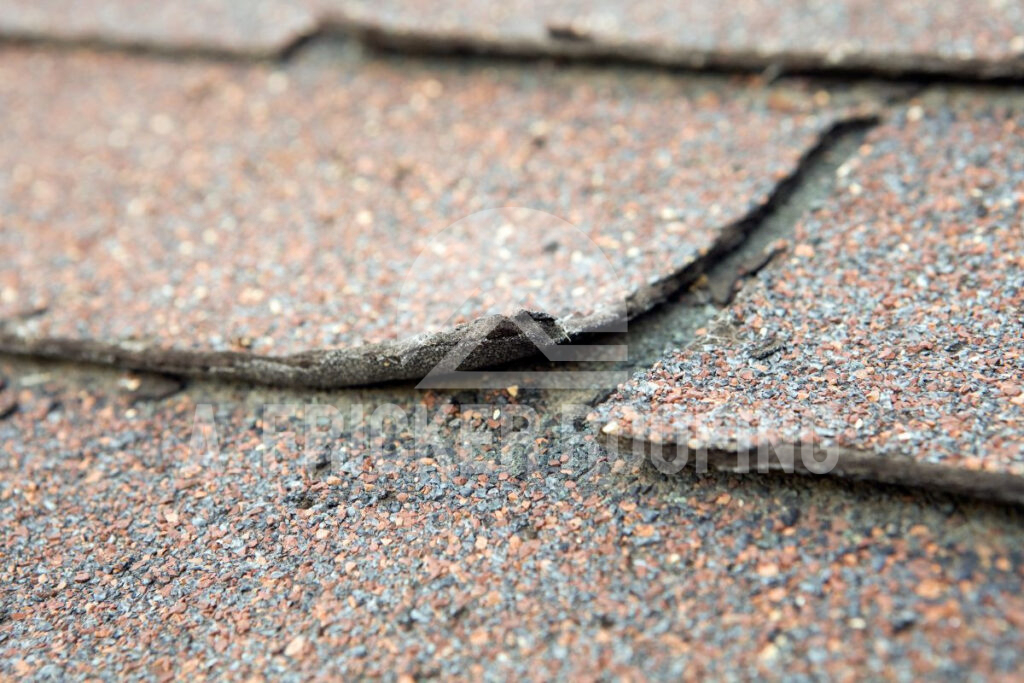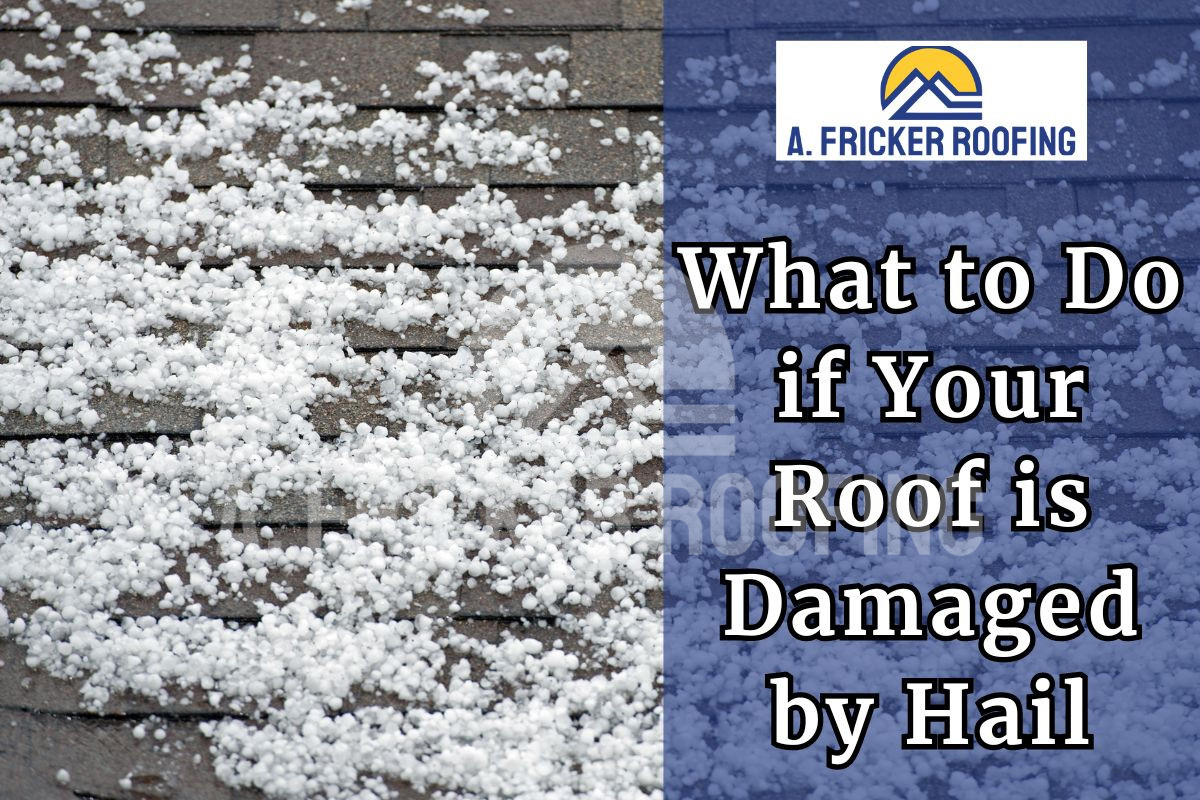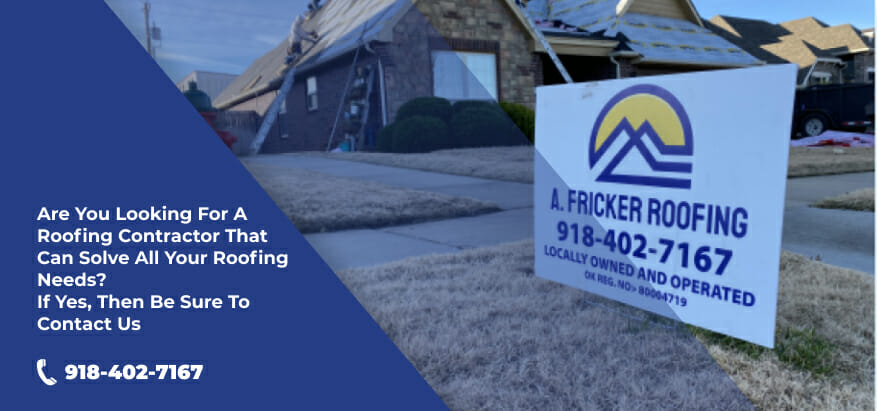Dealing with hailstorms can at times be stressful, especially when they harm your home. It’s not just about the noise it makes against your roof, but also the potential damage it can cause to your home’s primary shield against the elements.
If you want to know what to do when your roof gets hammered by hail, you’re in the right place. Let’s dive into everything you need to know about dealing with hail damage on your roof.
Understanding Roof Hail Damage
Hail damage occurs when hailstones, often accompanied by high winds, strike your roof. These stones can vary in size from small peas to large softballs. When these stones hit, they dent, crack, or even break roofing materials, leading to potential leaks and further structural damage. The severity of hail damage on your roof depends on several factors, including the size and density of the hailstones, the speed of the wind, and the type of roofing material.
Factors That Can Influence The Extent of Damage
Along with hail storms, many factors can contribute to your roof damage. Let’s take a closer look at each of them.

1. Size of Hailstones
The size of hail is also a major aspect that can influence the amount of damage on your roof. Bigger hailstones obviously cause more severe damage, but even hailstones smaller than an inch may cause minor dents.
2. Wind Speed
If the hail storm is accompanied by high winds, it results in more severe damage. High winds can worsen the impact of hailstones. Strong gusts can drive hail into your roof with more force, increasing the extent of damage.
3. Roofing Materials
The roofing materials you have installed react differently to hail storms and wind gusts. Asphalt shingles, for example, might show granule loss and cracks, metal roofs could exhibit dents and scratches, and wood shakes might split.
4. Roof Age
Older roofs are generally more susceptible to hail storms accompanied by high winds, while newly installed roofs may not experience the same type or amount of damage. Over time, roofing materials degrade, becoming less resistant to impact and more susceptible to damage.
What Does Hail Damage Look Like On A Roof?
Now, let’s come to the main point of our article, how to tell if your roof has hail damage. Identifying hail damage on your roof can be tricky, but knowing what to look for can save you from bigger problems down the line. Here are some common signs of roof hail damage.
1. Dents and Dings
One of the most obvious signs of hail damage on a roof is the presence of dents and dings. These depressions in the roofing material can vary in size and frequency, depending on the intensity of the hailstorm. Keep an eye out for clusters of dents, as well as isolated, more significant indents.
2. Cracks and Splits

Large-size hailstones can cause shingles to crack or split, especially if they’re already aging or brittle, such as with wood shakes and tile roofs. So, when inspecting your roof for hail damage, look for hairline cracks running across the surface of the shingles, as well as more substantial splits or breaks (which may indicate the need for immediate repair).
3. Granule Loss
Asphalt shingles are manufactured with protective granules topped on their surface. These granules protect the shingles from UV damage and elements. However, you may notice granule loss on your roof after a hailstorm. If you find these granules scattered around your property or accumulating in gutters, that signifies significant damage to your roof. Without repair, granule loss can leave your roof vulnerable to damage, premature aging, or deterioration.
4. Bruising
Bruising on shingles can be harder to spot. Run your hand over the shingles to feel for soft spots or depressions. Look for soft spots or dark marks on the surface of the shingles as these indicate areas where the shingles have been compromised by hail. You may need to also gently press on the shingles to detect any bruising.
5. Edges and Corners
The edges and corners of shingles are particularly susceptible to damage from hailstones. Keep an eye out for curling, peeling, or broken edges, which can compromise the roofing system’s integrity and lead to leaks. These damaged edges and corners are more likely to let water in, leading to leaks and further roofing issues.
Specific Signs on Different Roofing Materials
Different roofing materials show different signs of damage when impacted by hail storms. If you have installed a metal, slate, wood shake, or tile roof, check for the following signs.
1. Metal Roofs
Even with its durable surface, metal roofs are still susceptible to hail damage. On metal roofs, hail damage can manifest as dents, scratches, or areas where the protective coating of paint has chipped off.
2. Wood Shingles and Shakes
When large hailstones hit wood shakes and shingles, they can crack and split, deteriorating their appearance and function. Splits often occur along the grain, and dents can appear as depressions on the wood surface. Look for splits, dents, or crushed areas on wood roofing materials after a hailstorm.
4. Tile and Slate Roofs
Tile and slate roofs are less common but can be severely affected by hail. Look for cracks, chips, and breaks along the tiles or slate. Even minor damage can lead to significant problems if water penetrates the roofing structure. Therefore, if you have installed a slate or tile roof, inspecting and repairing your roof routinely is essential.
What To Do When Hail Damages Your Roof
Hail damage to a roof may create chaos in the home, making homeowners think about what to do next. The best possible action we recommend homeowners take is filling an insurance claim for hail damage. If your insurance covers hail damage, filing a claim will cover the cost of your repairs or replacement.
Take the following actions to jumpstart your insurance claim filing:
1. Assess the Extent of Damage
If you notice some of the signs of damage that we mentioned above on your roof after a hail storm, then there is a high chance that your roof has been damaged by hail. However, if you can’t observe any visible signs of damage from the ground, safely inspect your roof, or hire a professional if you’re uncomfortable doing it yourself. Note any visible signs of damage, including dents, cracks, and granule loss.
2. Document the Damage
The next step in filing a hail damage roof insurance claim is to document the damage that’s occurred. Carefully, take photographs of the damage from different directions and angles. This documentation will be crucial when filing an insurance claim or hiring a contractor for repairs.
3. Contact Your Insurance Company
Notify your insurance company as soon as possible. Hail damage roof insurance claims can be complicated, so the sooner you start the process, the better. Provide them with your documentation and be prepared to answer questions about the storm and the damage. They will guide you through the claims process and may send an adjuster to inspect the damage.
4. Make Temporary Repairs
Filling the insurance claim is a complicated process. The insurance provider may take time to respond, or they could even deny the insurance claim. So, be ready to wait for the insurance provider to respond, and make any backup plans if necessary. In the meantime, you can also make temporary repairs to create a safer environment by using tarps or other materials to cover damaged areas until professional repairs can be made.
5. Hire a Professional Roofer
For permanent repairs or a full roof hail damage replacement, it’s advisable to work with a reputable roofing contractor. They will thoroughly assess the damage, provide a detailed estimate, and ensure the work is done correctly and up to code.
6. Repair or Replace Your Roof
Trying to decide whether or not to make repairs or replace the entire roof? This is one of the most critical decisions you can make. It also depends on the level of coverage provided by your insurance company. Depending on the extent of the hail damage, or the age of your roof, the insurance company may recommend either repairing the damaged sections or replacing the entire roofing system. Follow their advice, as a properly functioning roof is crucial for protecting your home.
Also read: File a Hail Damage Roof Insurance Claim in Oklahoma
Contact The Trusted Roofing Company In Tulsa, OK, For Hail Damage Repair or Replacement
Filing an insurance claim involves more than just taking pictures of the damage and sending them to the insurance provider. It can be a lengthy process that requires significant effort and patience. However, you can simplify the process by working with a reputable roofing company that knows how to deal with insurance companies, which can make the process much quicker and easier.
At A. Fricker Roofing and Waterproofing in Tulsa, OK, we help homeowners and business owners file their insurance claims to get the benefits they need. If you also want guidance from experienced roofers directly who understand how to navigate the insurance claim process, contact us today at (918) 402-7167 and speak with one of our expert roofers.

